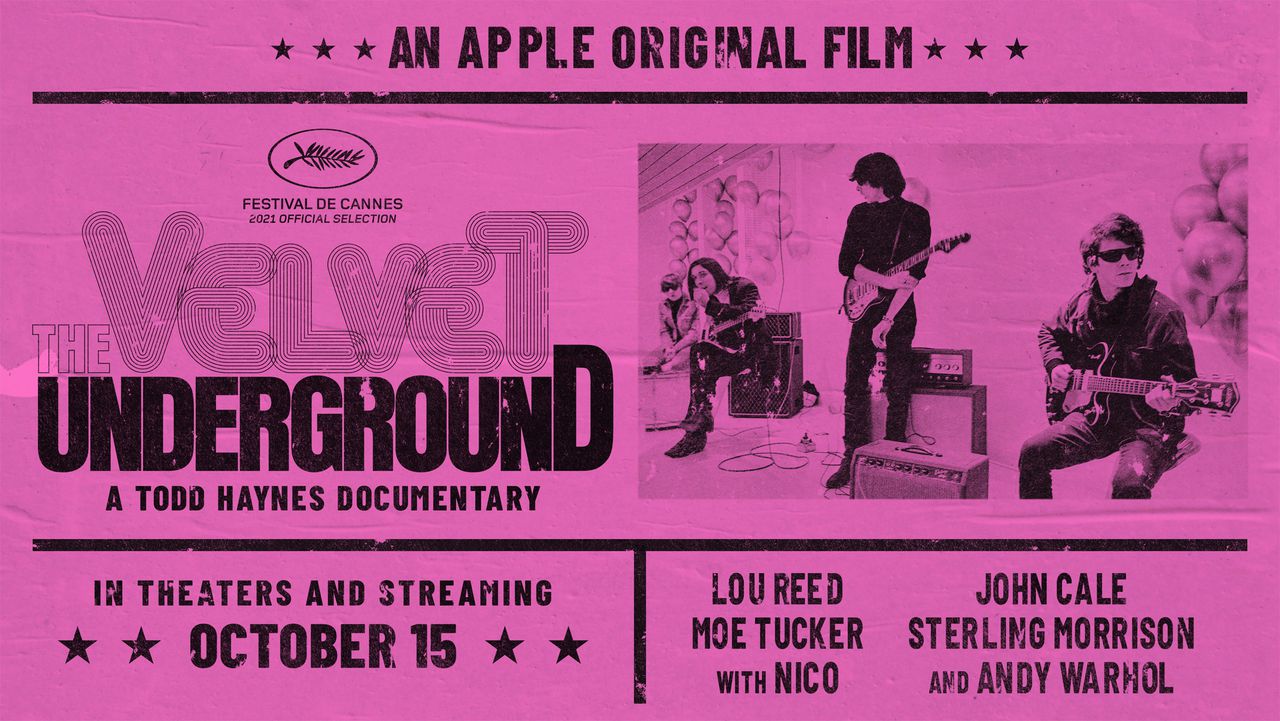A central notion of Todd Haynes’ new documentary on The Velvet Underground is the concept of extended time, which appears to encapsulate the narrative of a band we often find it difficult to have a consensus on by juxtaposing immediacy and endurance.
In a way, this concept is similar to the story of The Velvet Underground. Both defy our preconditioned attachment to a generally accepted reality by bending its limits and prolonging the experience of experiencing, the sense of sensing, the gullibility of grasping. Time is a valuable currency because it can make a flash last forever. It can make trauma last a second; it can make ecstasy last an eternity.
This anachronistic notion of time transpires throughout the film to show us how the almost entirety of our existence relies essentially on the perception and projection of experience; if Warhol’s silent films hadn’t been shown rhythmically out of sync with our own heartbeats, would they appear so radically normalised? Or is this – like any view we may be inclined to share on the Velvet Underground in 2021 – a result of the inevitability of hindsight?
In order to adequately permeate Haynes’ vectorial tale, it’s imperative we address the insidiousness that comes with the commodification of time. Commerce and factory may be irrevocably linked to a glorification of the marchandise—at least in the liberal fantasy instigated by Western capitalism—, but Danto’s reflections on this certainty also extended to the art world. To a certain degree, all art is intrinsically vampiric because it seeks perennity; it exists both because and independently of bodies, trespassing solidity. Ironically, it retains an aura of innocence.
This is what happens with The Velvet Underground. Once liberated from the constraints of uniqueness, one can finally accept that every copy is an original, and every intention of innovation a dreadful fallacy. If creating is channeling, then self-contemplation is interference; and yet it’s precisely this white noise discomfort that runs amok in our subconscious, provoking the purest of the obsessions towards our favourite band.
Haynes captures The Velvet Underground’s ability to soundtrack the wildest astral tourism while enabling us to form a connection with what is, by nature and by default, collective dissociation. Nico’s instinctual anti-beauty agenda (whose outrageousness remains discreetly side-eyed in a society increasingly brainwashed by a tyranny of image) might have landed as eccentric at best, but the truth is that The Velvet Underground candidly caught the somber zeitgeist before anyone else could catch up on it. And even if Doug’s entrance would mean following the era’s trend and going roots, a different sort of tension still hovered the scene. Tension was, after all, what kept them together; friction would prove indispensable for their legacy.
Ultimately, it’s all about illusion. The biggest trick time has ever played was managing to convince us it’s elastic, when it’s in fact non-existent. As the film speed-jumps and accelerates towards the end like something has been inexplicably cut, we realise the most brilliant exposés actually uncover nothing. The mystery is then kept, and an invisible veil still shrouds The Velvet Underground like a religious dogma you’re supposed to have blind faith on—not understand.
But hey,
Isn’t that what rock and roll is all about?

